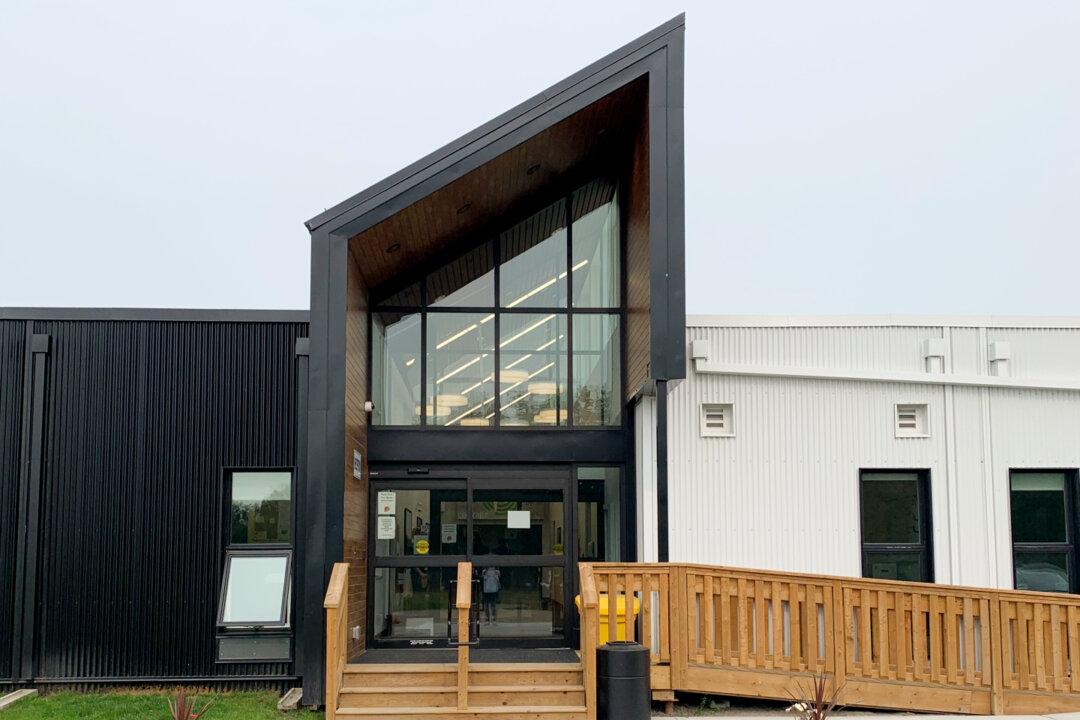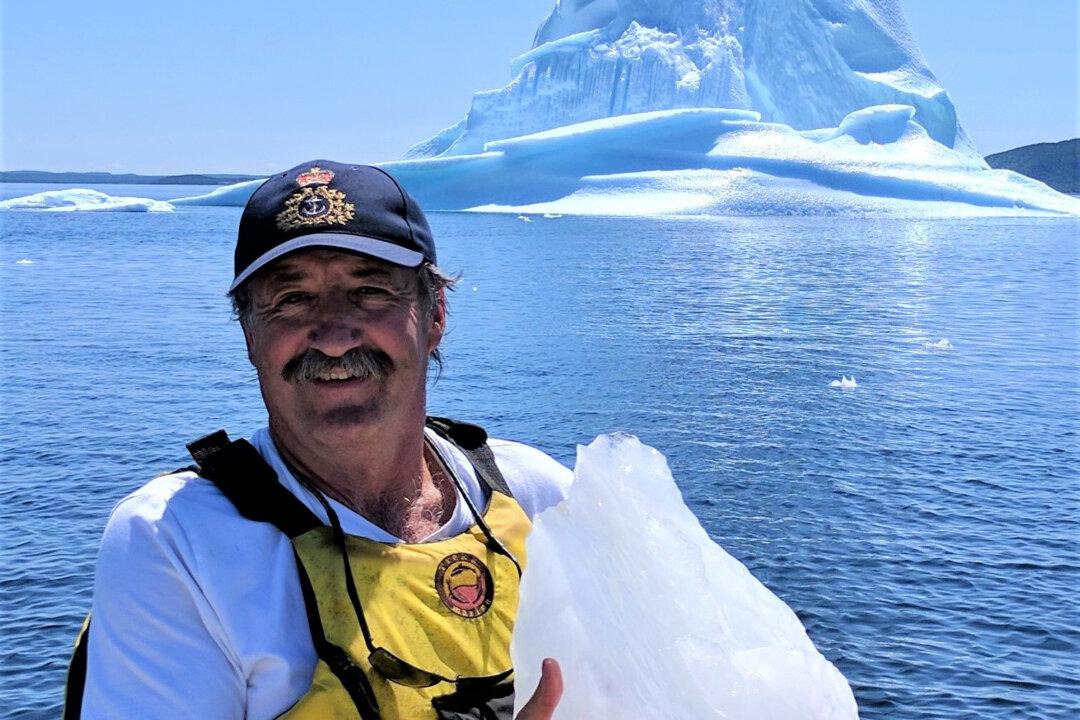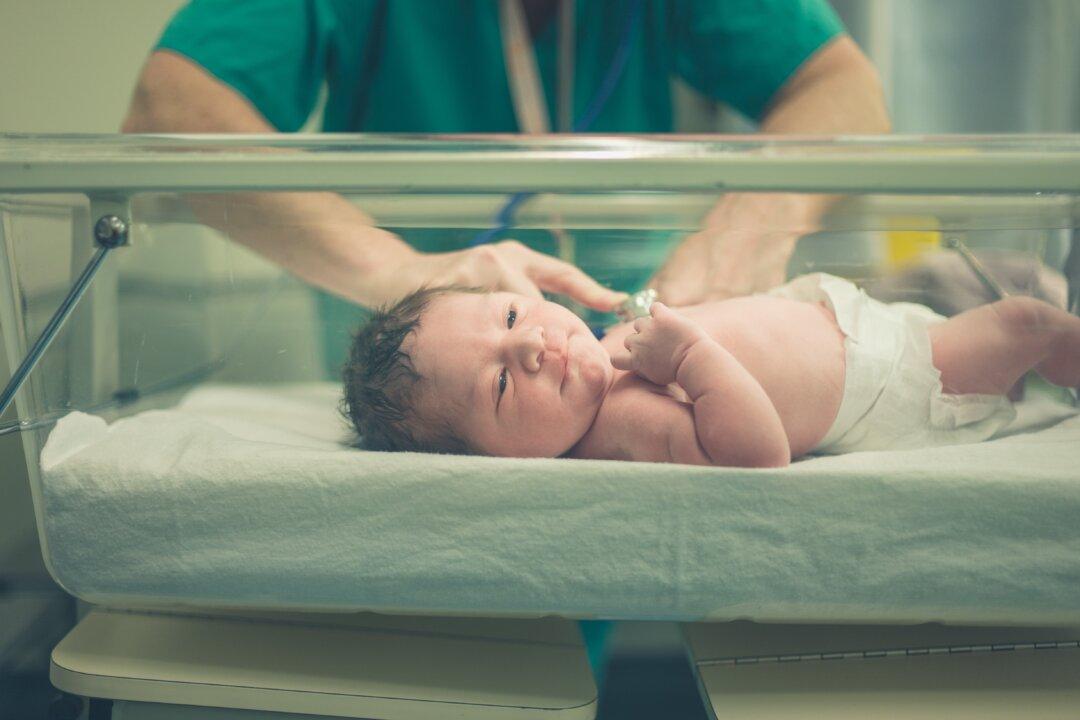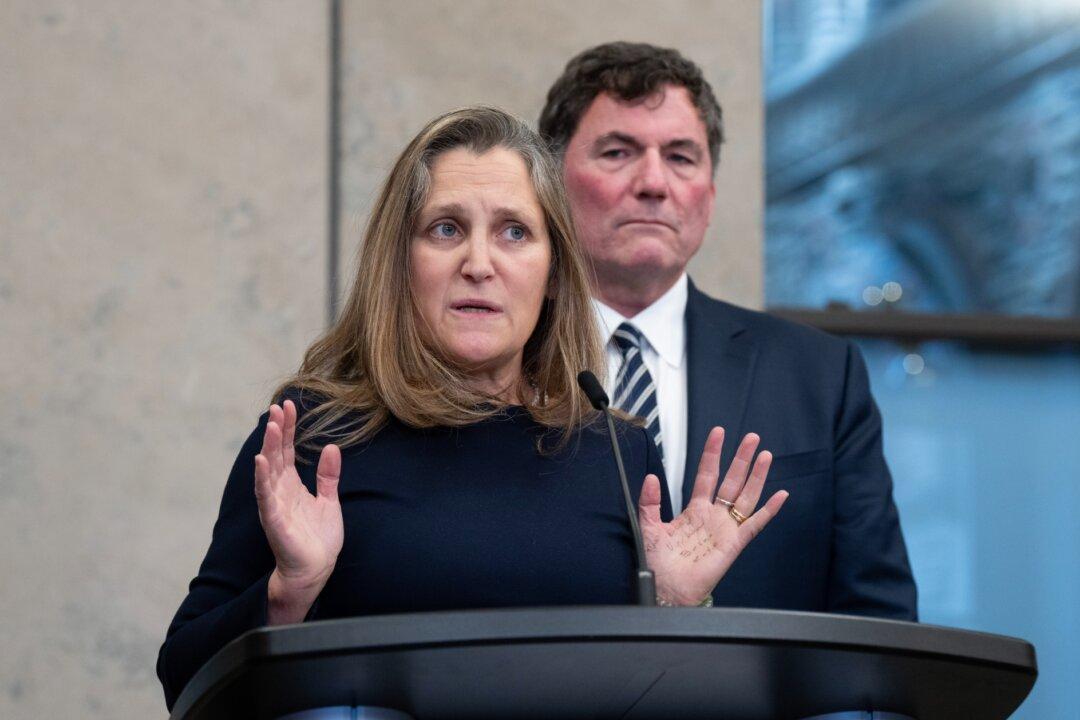The first of Alberta’s 11 planned government-funded recovery communities opened its doors in May, and the long-term healing journey of its first residents is well underway, says executive director Russell Purdy.
People recovering from addiction can stay at the Red Deer Recovery Community for up to a year and do so free of charge. The standard for addiction treatment facilities before the Alberta government began its mass funding for recovery was about 28 days at a cost of $40 per day.





